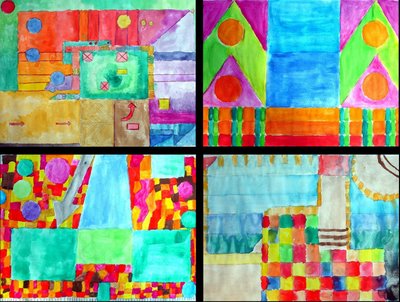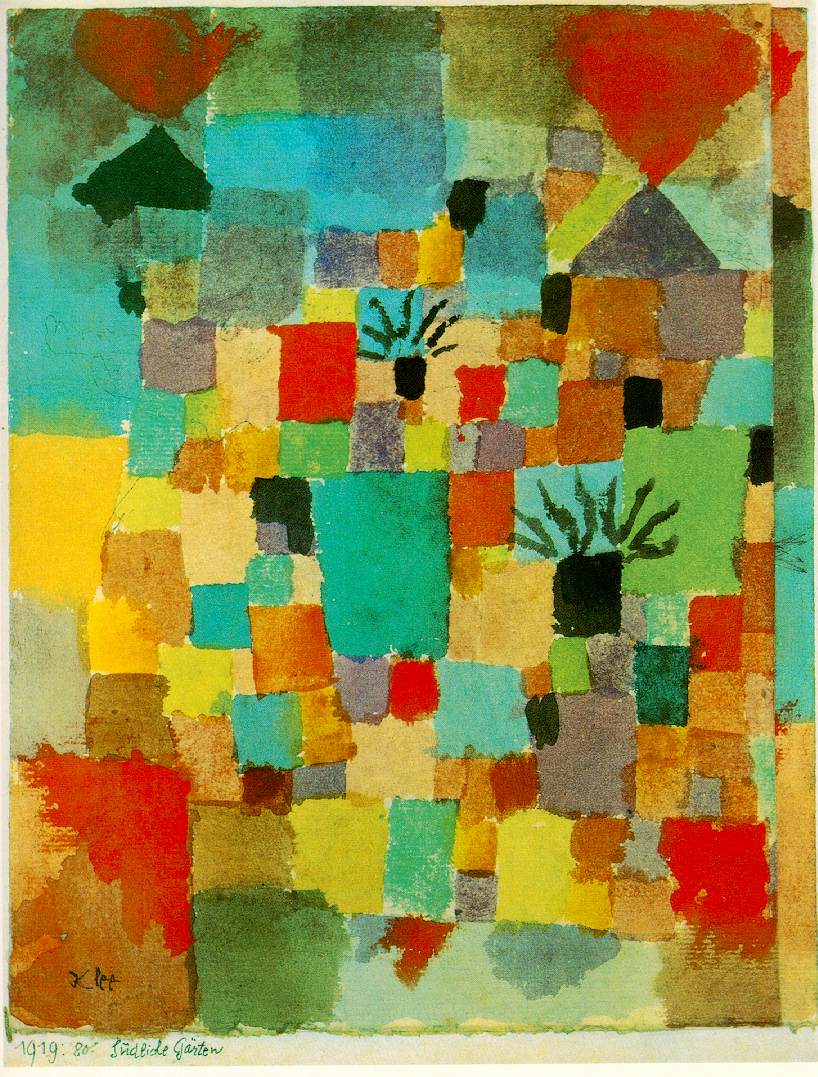PAUL KLEE for the fifth class - the practical
After analyzing the works of Swiss artist, we pass to the practice of
- make a sketch of the garden of their home , seen from above or in front and, with these items available,
- create a design that will is raising, but with attention to the balance of available forms of , the reduction of objects (trees, house, walkways, etc.). to stick figures and geometric , the economy in the choice of what to keep and what to discard.
- What appears on the sheet is no longer considered a lawn, a house, but the trees rectangles, circles, shapes and areas .
The second phase practice provides
- the staining, to ac que rel the , being careful to use colors the second teo ria (contrasts between hot and cold or between light and dark balance in the drawing) and the second sim bo them ism (value and meaning with which to load the color), following the instructions that Paul Klee gave in his writings on art teaching.
HERE ARE SOME DRAWINGS BY PRODUCT CLASS 5 ^








